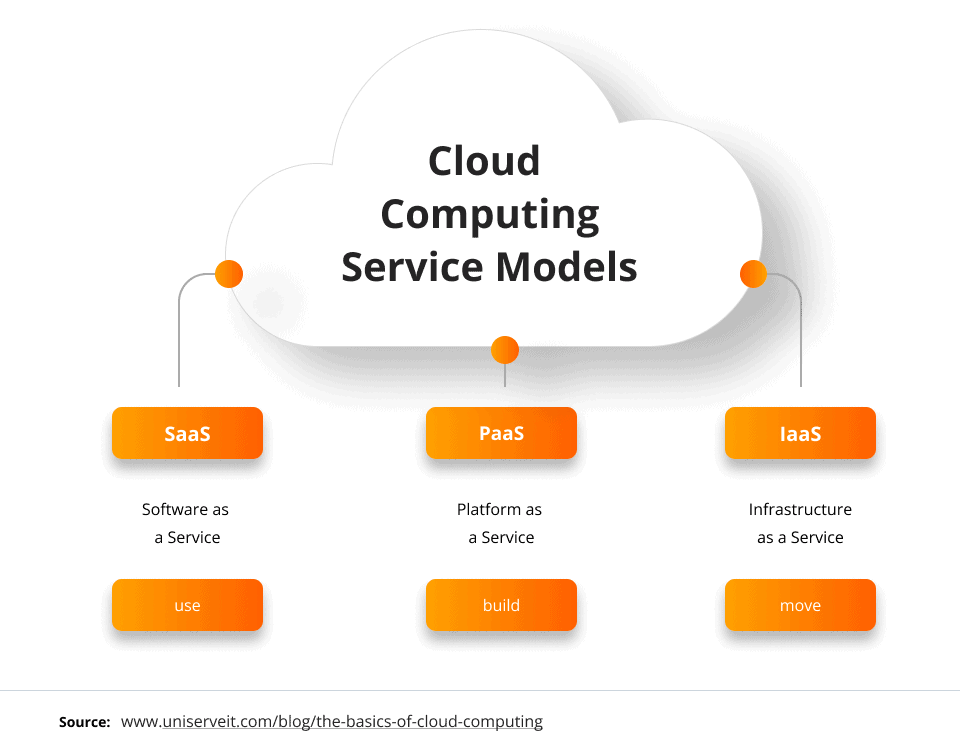Biao Teng GM: Insights & Trends
Explore the latest insights and trends in general news and information.
Cloud Computing: The Invisible Umbrella Over Your Digital Life
Discover how cloud computing silently shapes your digital life, providing support and security you never knew you needed!
Understanding Cloud Computing: How It Supports Your Everyday Digital Activities
Cloud computing is a transformative technology that has revolutionized the way we engage with our digital world. It allows individuals and businesses to access and store data and applications over the internet, rather than relying on local servers or personal computers. This shift enables seamless integration of various digital activities, including streaming media, online collaboration, and data storage. For instance, popular services like Google Drive and Dropbox allow users to easily save and share files from any location, promoting productivity and flexibility.
Moreover, cloud computing supports everyday digital activities by offering scalable resources that adapt to user needs. This means that whether you're a casual user uploading photos or a business running complex applications, cloud services can accommodate your demands without the need for heavy local hardware. The ease of access provided by cloud platforms enhances our ability to stay connected and maintain our digital lives, making technology more accessible and efficient than ever before.

What Are the Advantages of Cloud Computing for Personal and Business Use?
Cloud computing offers numerous advantages for both personal and business use, making it an increasingly popular choice for managing data and resources. One major benefit is cost-efficiency; users can save on hardware and maintenance expenses since cloud services are typically subscription-based. Additionally, cloud computing provides unparalleled scalability, allowing businesses to easily adjust their resources according to their needs. This flexibility ensures that users only pay for the services they utilize, facilitating efficient budget management.
Another significant advantage of cloud computing is accessibility. Whether for personal or business purposes, users can access their data and applications from anywhere with an internet connection. This feature not only enhances productivity but also supports collaboration among team members, regardless of their geographic location. Furthermore, cloud solutions often include robust security measures, protecting user data from potential threats, making it a trustworthy option for both businesses looking to safeguard sensitive information and individuals storing personal files.
Is Your Data Safe in the Cloud? Unpacking Security in Cloud Computing
As organizations increasingly migrate to cloud computing, the question of data security becomes paramount. While cloud providers implement rigorous security measures, the responsibility of ensuring data safety also lies with the users. The shared responsibility model highlights that while the provider secures the infrastructure, customers must take action to protect their data, including implementing strong access controls, regularly updating passwords, and educating employees about potential threats.
Several factors contribute to the overall security of data in the cloud, including encryption, compliance with regulations, and incident response plans. To further ensure your data is safe, consider the following practices:
- Use encryption: Encrypt data both in transit and at rest.
- Choose a reputable provider: Research cloud vendors and their security certifications.
- Regularly audit your security measures: Schedule periodic reviews to identify vulnerabilities.
By being proactive and following these guidelines, you can significantly enhance the security of your data in the cloud.